Christopher Nolan’s sci-fi adventure Interstellar had many in awe when it debuted in theaters last November 6th. The movie, which stars Academy Award winners Matthew McConaughey and Anne Hathaway, focuses on mankind’s quest to find a planet aside from Earth suitable for living.
You’re most likely to ask why there’s all this talk about space homes when the country has yet to address the need for affordable housing right here on Earth. The idea of living in outer space has been around way longer than man first stepped on the moon.
Although it will take 2.8 billion years for Earth to die, as reported in a National Geographic article, National Aeronautics and Space Administration (NASA) and other concerned groups have taken steps on making space housing happen as a contingency plan if Earth can no longer be inhabitable due to pollution. On the other hand, science advocacy partylist group Agham has been lobbying House Bill 6725 – Philippine Space Act of 2012 in the hopes of unifying and sustaining the country’s space program. The Department of Science and Technology revealed in June this year, as published in an article in Interaksyon, that the agency plans to launch the country’s very own satellite in 2016. Chino Roque, a 22-year-old crossfit trainer, became the first Filipino astronaut and is set to fly to space next year onboard a Space Expedition Corporation shuttle.
Here’s a breakdown of what living in space can be like in the future.
Space Colonies
1. Gerard O’Neill’s Island 3
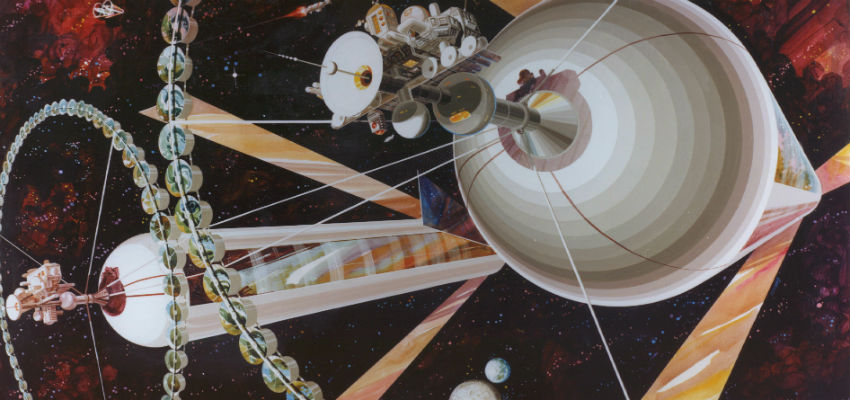
Think tank British Interplanetary Society (Bis) revived the idea made by the late Princeton physicist Gerard O’Neill about future housing in space. In the mid-70s, he believed that mankind can live in space colonies. He envisioned that Island 3 habitats as hollow cylindrical pods made out of metal and glass. This cylinder home is soon to become a reality beginning this year as stated in an i09.com report.
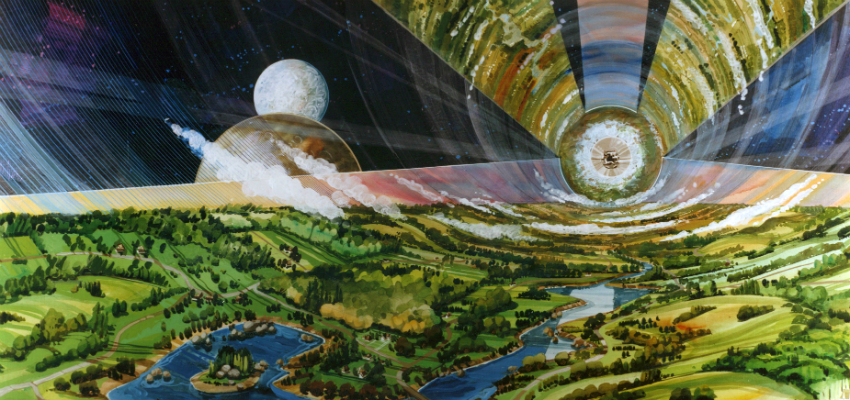
According to O’Neill, the space colonies will be powered by the Sun and will be stationed in strategic areas to avoid getting pulled by the planets’ gravitational forces in opposite directions. Residents in the colony will be able to build infrastructure like homes and buildings. The cylinders will be climate-controlled, and they will allow their occupants to fly, according to a BBC report.
2. Bernal Sphere

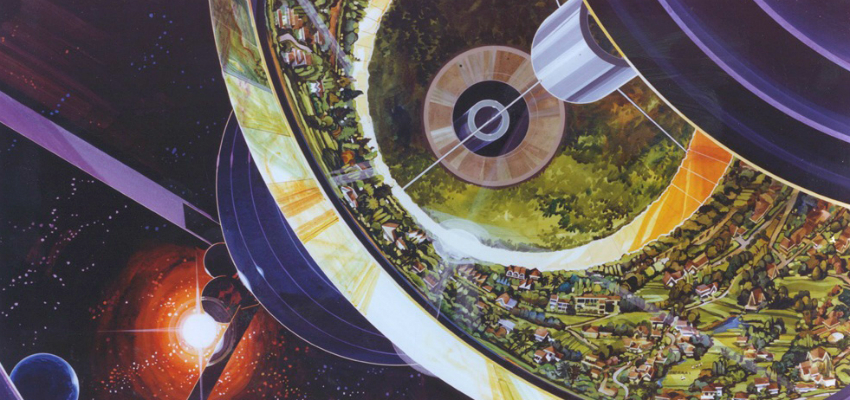
The Bernal Sphere was designed to provide housing for resident workers who are skilled in space manufacturing. Space manufacturing is an industry concept wherein production is done outside of Earth. Residents will set up homes mainly in the mile-long inner sphere, while the outer sphere will serve as a repository of solar energy collected from the Sun. The stacked rings near the outer sphere are the agricultural sections.
3. Stanford Torus
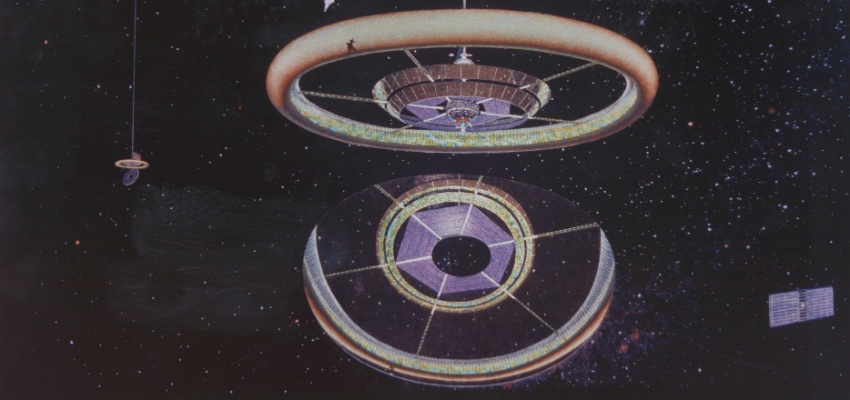
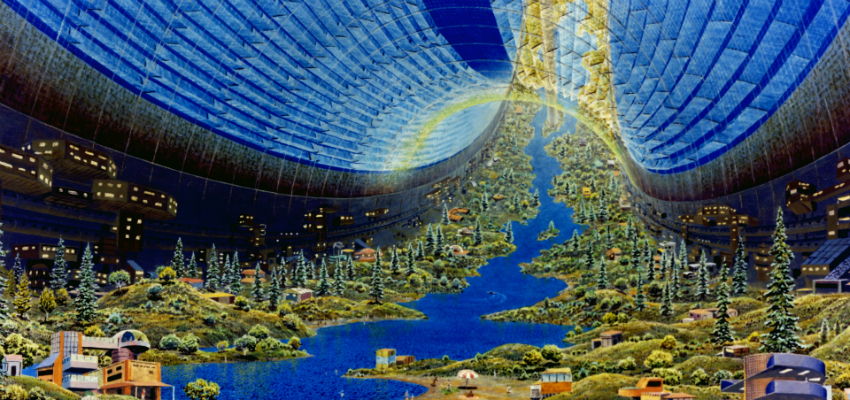
The Stanford Torus colony has been brought to life in the Matt Damon sci-fi-starrer Elysium. Just like the rest of the colony versions, the Torus can also house up to 10,000 people and is a perfect habitat to conduct space manufacturing
Moon Colonies
Because space colonies require a lot of intensive study, cost, and exploration, several enterprising groups thought of using the closest celestial body as an alternative place to live in space. Former Canadian astronaut Chris Hadfield told Daily Mail UK that making the moon as our alternative home is more feasible in the 2030s as compared to living on Mars, in between planets, or in another universe via space colonies.
1. Inflatable Moon Homes
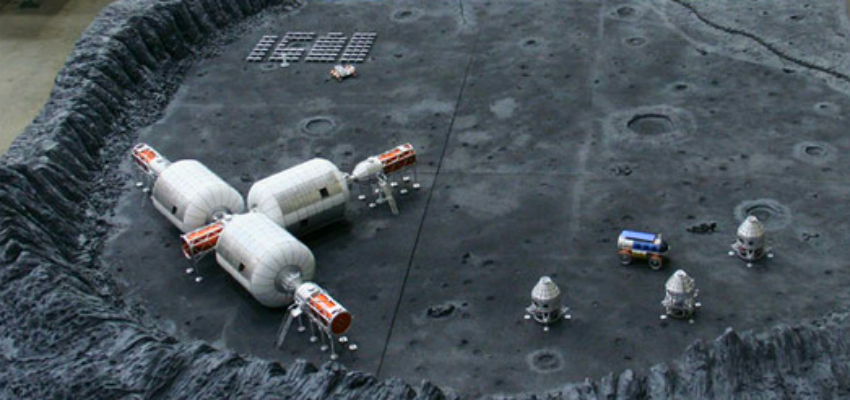
Entrepreneur Robert Bigelow of Bigelow Aerospace first introduced the Sundancer habitat, which is an inflatable home measuring 180 cubic meters. The Sundancer is initially designed to house up to 18 astronauts who are on the moon for lunar explorations. The company is hoping that the prototypes Genesis 1 and Genesis 2 will be the pioneering designs for lunar infrastructure in the near future.
2. Lunar Soil Concrete Homes
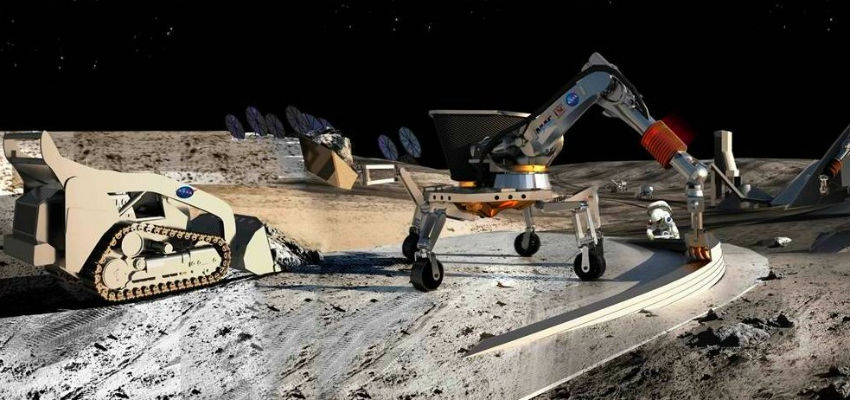
The University of Southern California received funding from NASA this year to develop a 3D printing method that will be used to create homes on the moon. The method advocates the use of lunar soil and other raw materials already available on the moon. Researchers argued that using the robot-operated Contour Crafting method cuts the risks, time, and costs of building lunar homes. Building a lunar home using the Contour Crafting method is said to only take within 24 hours.
Space Islands
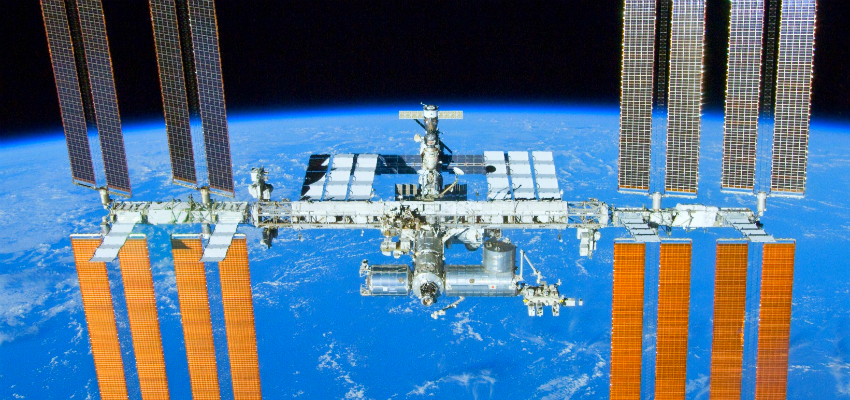
Space islands are habitable space stations that one can see from Earth with the naked eye. The International Space Station has provided shelter for astronauts from 15 different nations in the last 16 years since its launch in 1998. The current International Space Station’s size can be compared to that of a five-bedroom house, with solar arrays as large as six basketball courts from end to end used to capture energy from the Sun.
The idea of using space stations not just as temporary homes for astronomers but as orbital hotels to learn how to build and maintain a long-term space habitat has been championed by SETI Institute astronomer Seth Shostak. He added that commercial space hotels can solve the current financial dilemma of sending and housing humans in space.
If money is no option, where would you live in outer space? Share us your thoughts by leaving a comment below.











